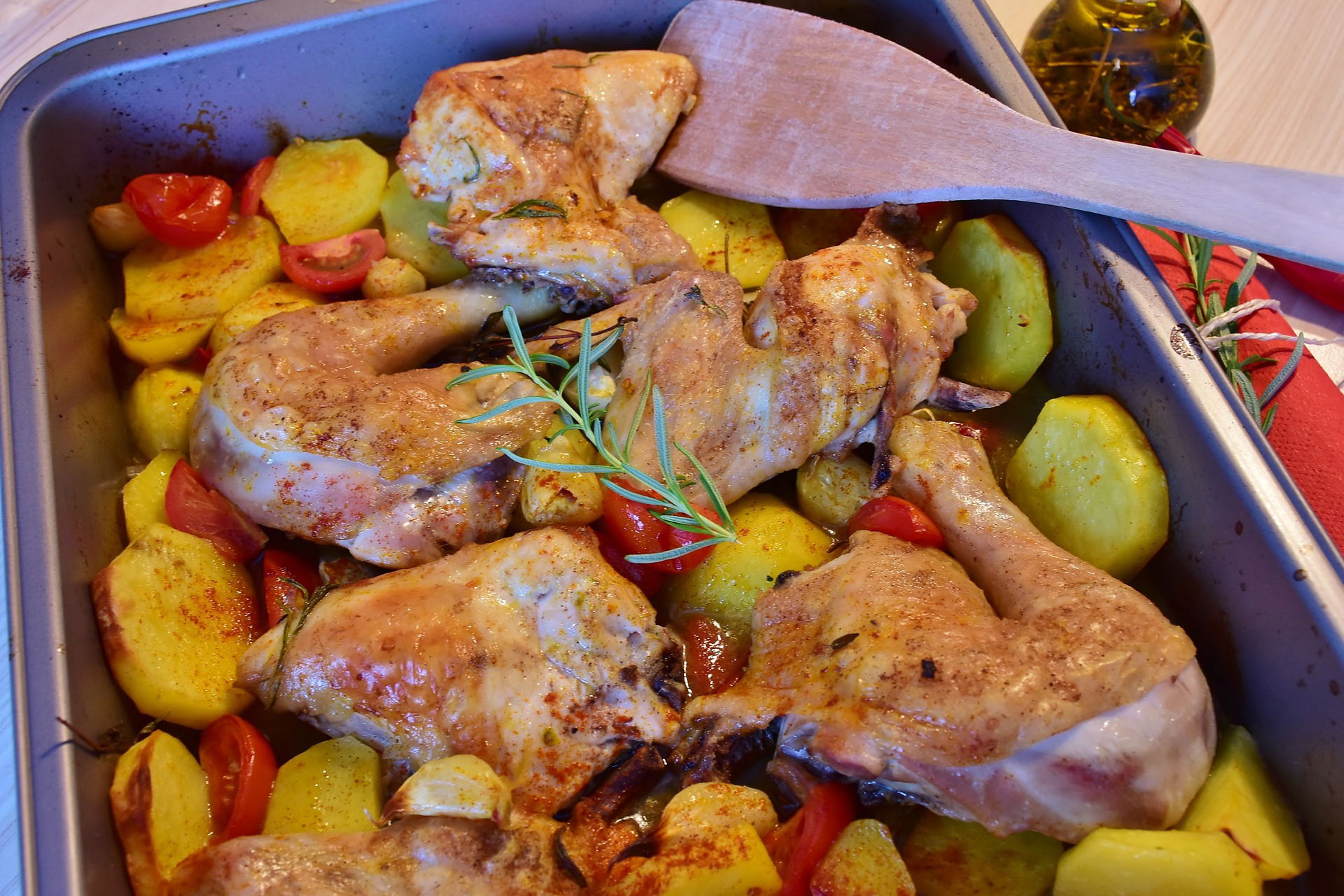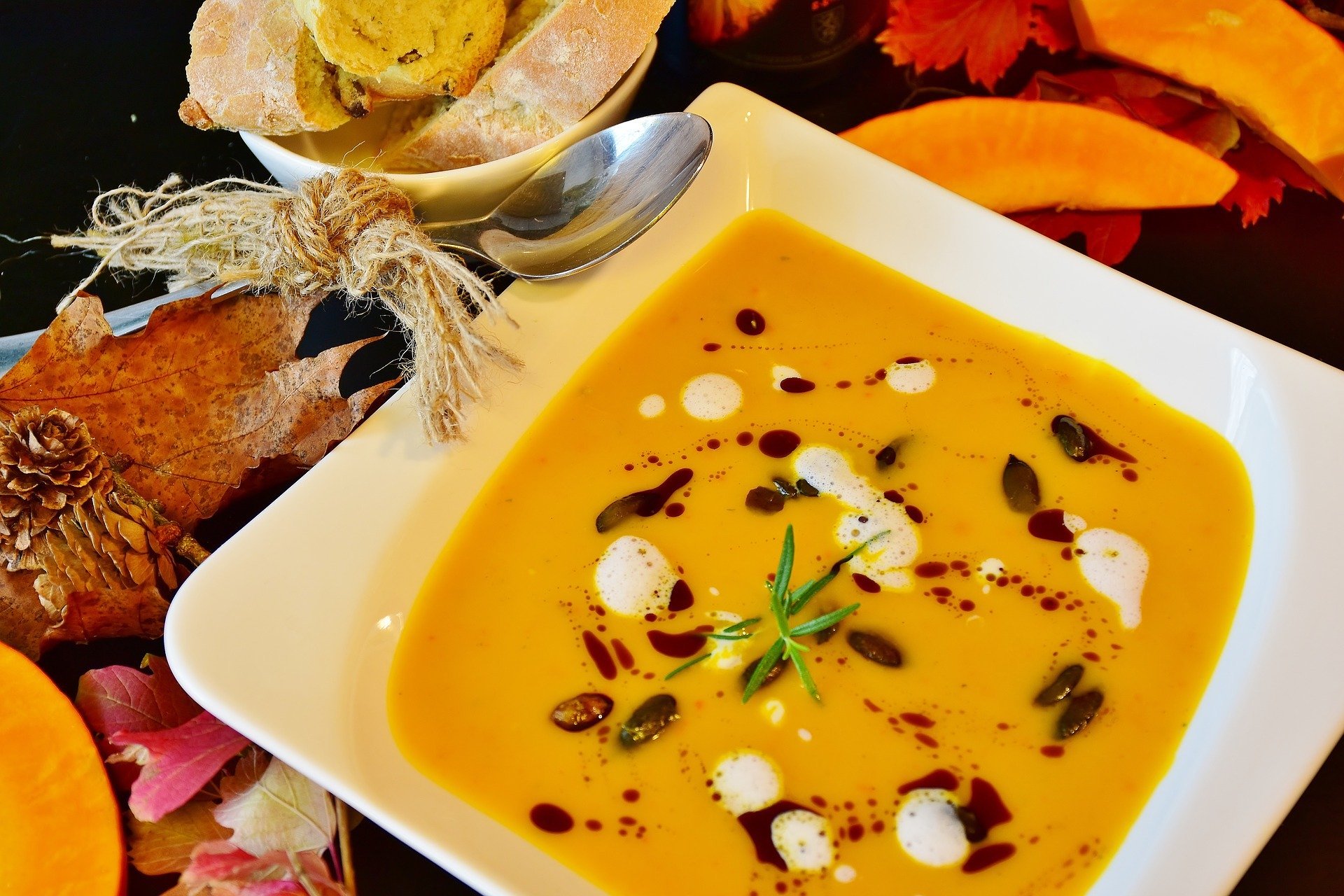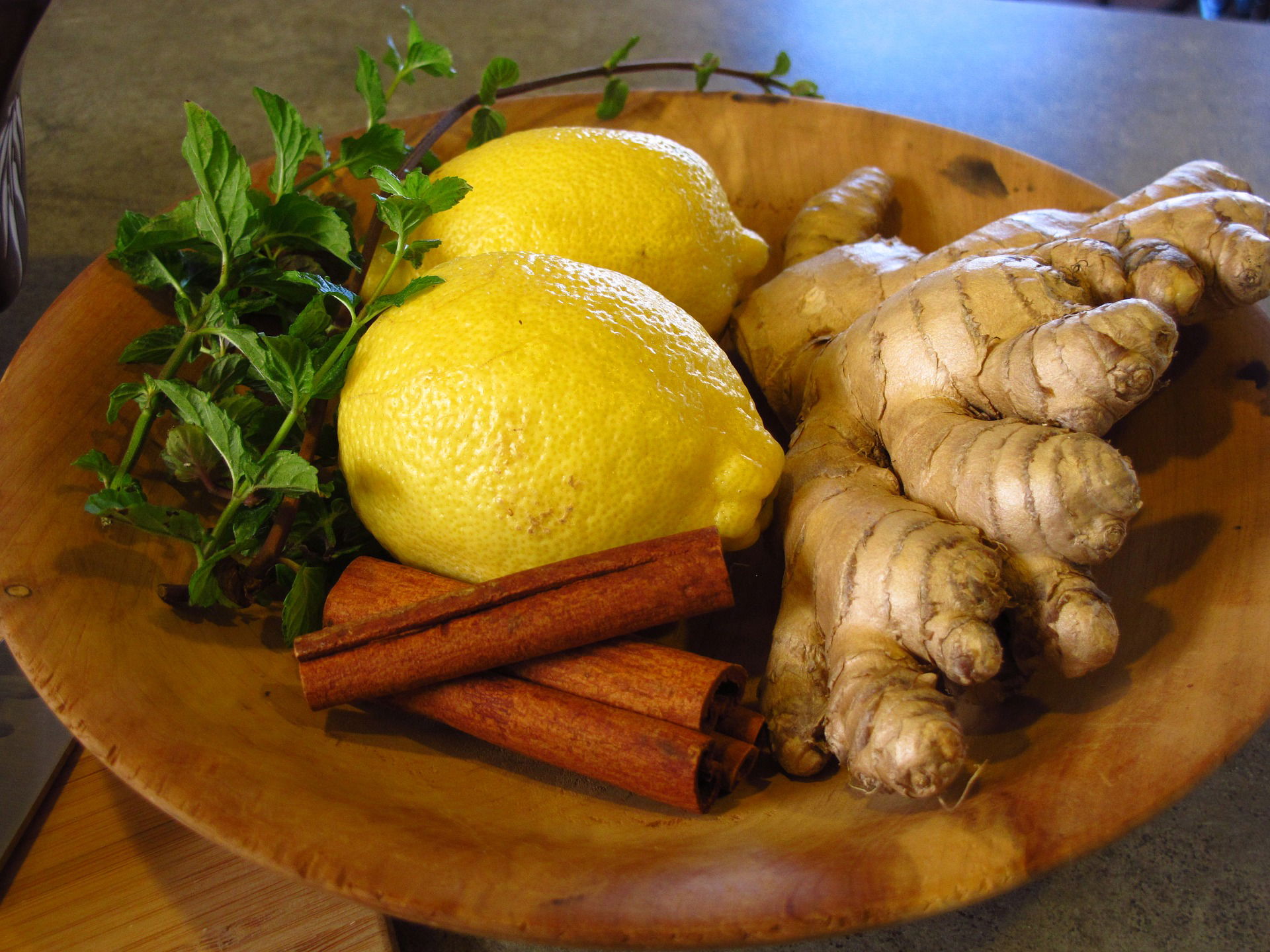Add a Zesty Twist to Your Dishes with These 5 Creative Thai Fresh Ginger Recipes

If you're looking to spice up your cooking routine, look no further than Thai fresh ginger. This versatile root offers a zesty twist to any dish, from curries and stir-fries to salads and soups. Not only does fresh ginger add a unique flavor and aroma to your cooking, but it also boasts a number of health benefits.
In this article, we'll explore five creative Thai fresh ginger recipes that are sure to delight your taste buds and impress your dinner guests. Whether you're a seasoned chef or a beginner in the kitchen, these recipes and tips for working with fresh ginger will help you take your cooking to the next level.
Introduction to Thai Fresh Ginger and Its Culinary Uses
What is Thai Fresh Ginger?
Thai fresh ginger, also known as galangal, is a root that is widely used in Southeast Asian cuisine. It has a spicy, tangy, and citrusy flavor that adds depth and complexity to dishes.
The Benefits of Using Fresh Ginger in Cooking
Fresh ginger not only adds flavor but also has health benefits. It contains anti-inflammatory properties and is great for digestion, making it a must-have ingredient in your kitchen.
The Versatility of Thai Fresh Ginger in Different Cuisines
Thai fresh ginger can be used in a variety of dishes, from curries and stir-fries to salads and soups. Its unique flavor profile makes it a versatile ingredient that can add an interesting twist to any dish.

Recipe 1: Spicy Ginger Shrimp Curry
Ingredients Needed for the Recipe
- 1 pound of shrimp, peeled and deveined
- 1 tablespoon of coconut oil
- 1 tablespoon of fresh ginger, grated
- 2 garlic cloves, minced
- 1 red chili pepper, sliced
- 1 can of coconut milk
- 1 teaspoon of turmeric
- Salt and pepper to taste
- Fresh cilantro for garnish
Step-by-Step Cooking Instructions
1. Heat up the coconut oil in a large pan over medium heat.
2. Add the grated ginger, minced garlic, and sliced chili pepper to the pan, and stir for 1-2 minutes until fragrant.
3. Add the shrimp to the pan and cook for 2-3 minutes until they turn pink.
4. Pour in the can of coconut milk and stir in the turmeric.
5. Season with salt and pepper to taste and let the curry simmer for 5-10 minutes until the sauce thickens.
6. Serve the curry hot with fresh cilantro on top.
Tips for Adjusting the Spice Level to Your Preference
If you prefer a milder curry, you can remove the seeds from the chili pepper before slicing it. On the other hand, if you want a spicier curry, you can add more chili pepper or even some red pepper flakes.

Recipe 2: Ginger and Lemongrass Chicken Stir Fry
Ingredients Needed for the Recipe
- 1 pound of chicken breasts, sliced
- 1 tablespoon of coconut oil
- 1 tablespoon of fresh ginger, grated
- 2 garlic cloves, minced
- 1 stalk of lemongrass, sliced
- 2 tablespoons of fish sauce
- 1 tablespoon of soy sauce
- 1 tablespoon of honey
- 1 bell pepper, sliced
- 1 onion, sliced
- Fresh basil for garnish
Step-by-Step Cooking Instructions
1. Heat up the coconut oil in a large pan or wok over high heat.
2. Add the sliced chicken to the pan and stir-fry for 3-4 minutes until browned.
3. Add the grated ginger, minced garlic, and sliced lemongrass to the pan and stir-fry for another 1-2 minutes until fragrant.
4. In a small bowl, mix together the fish sauce, soy sauce, and honey.
5. Pour the sauce into the pan and stir-fry for another minute.
6. Add the sliced bell pepper and onion to the pan and stir-fry for 2-3 minutes until they soften.
7. Serve the stir-fry hot with fresh basil on top.
Tips for Adding Other Vegetables to the Stir Fry
You can customize this recipe by adding other vegetables, such as broccoli, carrots, or snow peas. Be sure to adjust the cooking time accordingly, so the vegetables are cooked to your liking.

Recipe 3: Ginger and Lime Infused Mango Salad
Ingredients Needed for the Recipe
- 2 ripe mangoes, peeled and sliced
- 2 tablespoons of fresh ginger, grated
- 1 lime, juiced
- 1 tablespoon of honey
- 2 tablespoons of fresh mint, chopped
- Salt and pepper to taste
Step-by-Step Instructions for Preparing the Salad
1. In a small bowl, whisk together the grated ginger, lime juice, honey, and chopped mint.
2. In a large bowl, combine the sliced mangoes and the dressing, and toss to coat.
3. Season with salt and pepper to taste.
4. Chill the salad in the refrigerator for at least 30 minutes before serving.
Tips for Choosing the Right Mangoes and Adjusting the Dressing
Choose ripe mangoes that are slightly soft to the touch and have a sweet fragrance. If you prefer a more tangy dressing, you can add more lime juice or even some rice vinegar. Likewise, if you prefer a sweeter dressing, you can add more honey.

Recipe 4: Thai Basil and Ginger Fried Rice
This flavorful and easy-to-make fried rice recipe is perfect for a weeknight dinner or a weekend lunch. The combination of fragrant Thai basil and pungent fresh ginger adds a zesty twist to this classic dish.
Ingredients Needed for the Recipe
- 3 cups cooked jasmine rice
- 1 small onion, finely chopped
- 2 cloves garlic, minced
- 1/4 cup finely chopped fresh ginger
- 1 small red bell pepper, diced
- 1/2 cup chopped Thai basil leaves
- 2 tablespoons soy sauce
- 1 tablespoon fish sauce
- 1 tablespoon oyster sauce
- 1 tablespoon vegetable oil
- Salt and pepper, to taste
Step-by-Step Cooking Instructions
1. In a large skillet or wok, heat the vegetable oil over medium-high heat.
2. Add the onion, garlic, and ginger, and stir-fry for 1-2 minutes until fragrant.
3. Add the red bell pepper, and continue to stir-fry for another minute.
4. Add the cooked rice and stir well to combine with the vegetables.
5. Add the soy sauce, fish sauce, and oyster sauce and continue to stir-fry for 2-3 minutes until everything is heated through.
6. Add the chopped Thai basil leaves and stir well.
7. Adjust the seasoning with salt and pepper, if needed.
Tips for Adding Protein or Vegetables to the Fried Rice
This fried rice is delicious on its own, but you can also add protein or vegetables to make it a complete meal. Try adding diced chicken, shrimp, or tofu for a protein boost. You can also add vegetables like broccoli, snap peas, or baby corn for more texture and flavor.

Recipe 5: Ginger and Coconut Milk Soup with Vegetables
This creamy and comforting soup is packed with vegetables and enriched with the warming and invigorating taste of fresh ginger. The addition of coconut milk gives it a rich and silky texture that will make you want to slurp up every last drop.
Ingredients Needed for the Recipe
- 2 tablespoons vegetable oil
- 1 small onion, finely chopped
- 2 cloves garlic, minced
- 1/4 cup finely chopped fresh ginger
- 2 cups mixed chopped vegetables (carrots, bell peppers, zucchini, etc.)
- 4 cups vegetable broth
- 1 can (14 oz) coconut milk
- 2 tablespoons soy sauce
- 1 tablespoon brown sugar
- Salt and pepper, to taste
- Fresh cilantro leaves for garnish (optional)
Step-by-Step Cooking Instructions
1. In a large saucepan, heat the vegetable oil over medium heat.
2. Add the onion, garlic, and ginger, and sauté for 2-3 minutes until fragrant.
3. Add the chopped vegetables and sauté for another 2-3 minutes until they start to soften.
4. Add the vegetable broth and bring to a simmer.
5. Add the coconut milk, soy sauce, and brown sugar, and let the soup simmer for 10-15 minutes until the vegetables are tender.
6. Adjust the seasoning with salt and pepper, if needed.
7. Serve hot, garnished with fresh cilantro leaves, if desired.
Tips for Adjusting the Consistency and Flavor of the Soup
If you prefer a thicker soup, you can blend some of the vegetables and broth in a blender until smooth, and then add it back to the soup. You can also adjust the flavor of the soup by adding more soy sauce, brown sugar, or ginger, to taste.

Tips for Working with Fresh Ginger in Your Cooking
Fresh ginger is a versatile and flavorful ingredient that can add a zesty twist to your dishes. Here are some tips for working with fresh ginger in your cooking:
How to Choose and Store Fresh Ginger
When buying fresh ginger, look for pieces that are firm and free from wrinkles or soft spots. Store ginger in the refrigerator in a plastic bag or airtight container for up to three weeks. You can also freeze ginger for longer storage.
Methods for Peeling and Grating Ginger
To peel ginger, use a spoon or a vegetable peeler to remove the skin. To grate ginger, use a fine grater or a microplane. You can also slice or chop ginger into small pieces.
Ways to Use Ginger in Different Types of Dishes
Fresh ginger can be used in a variety of dishes, from stir-fries to soups to desserts. Try adding grated ginger to marinades, dressings, and sauces for a zesty flavor. You can also add sliced or chopped ginger to tea, smoothies, and cocktails for a warming and invigorating taste.

Conclusion and Final Thoughts on Using Thai Fresh Ginger in Your Recipes
Incorporating Thai fresh ginger into your cooking can add a zesty and flavorful twist to your dishes. Whether you use it in stir-fries, soups, or desserts, fresh ginger is a versatile and healthy ingredient that can boost the flavor and aroma of your dishes. Don't be afraid to experiment with different Thai spices and ingredients to create new and exciting flavors in your cooking.
Incorporating fresh ginger into your cooking is an easy and delicious way to add a burst of flavor and nutrition to your meals. These five Thai fresh ginger recipes are just the beginning of the endless possibilities for using this versatile spice in your cooking. So don't be afraid to experiment and try new things in the kitchen - you never know what delicious creations you'll come up with!
FAQ
Can I substitute ground ginger for fresh ginger in these recipes?
While ground ginger can be used as a substitute for fresh ginger in some cases, it may not provide the same level of flavor and aroma. It's recommended to use fresh ginger whenever possible, but if you must use ground ginger, start with a smaller quantity and adjust to taste.
Where can I find Thai fresh ginger?
Thai fresh ginger can be found at most Asian grocery stores or online retailers. Look for ginger that is firm, with smooth skin and a fresh aroma. If you can't find Thai ginger specifically, other varieties of fresh ginger will work as substitutes.
How do I store leftover fresh ginger?
Fresh ginger can be stored in the refrigerator for up to three weeks or in the freezer for up to six months. To freeze ginger, peel and chop it into small pieces, then place in an airtight container or freezer bag.
Are there any health benefits to using fresh ginger in cooking?
Yes! Ginger is known for its anti-inflammatory and digestion-aiding properties. It may also help to lower blood pressure and reduce the risk of heart disease. So not only does fresh ginger add flavor to your cooking, but it can also provide a range of health benefits.
